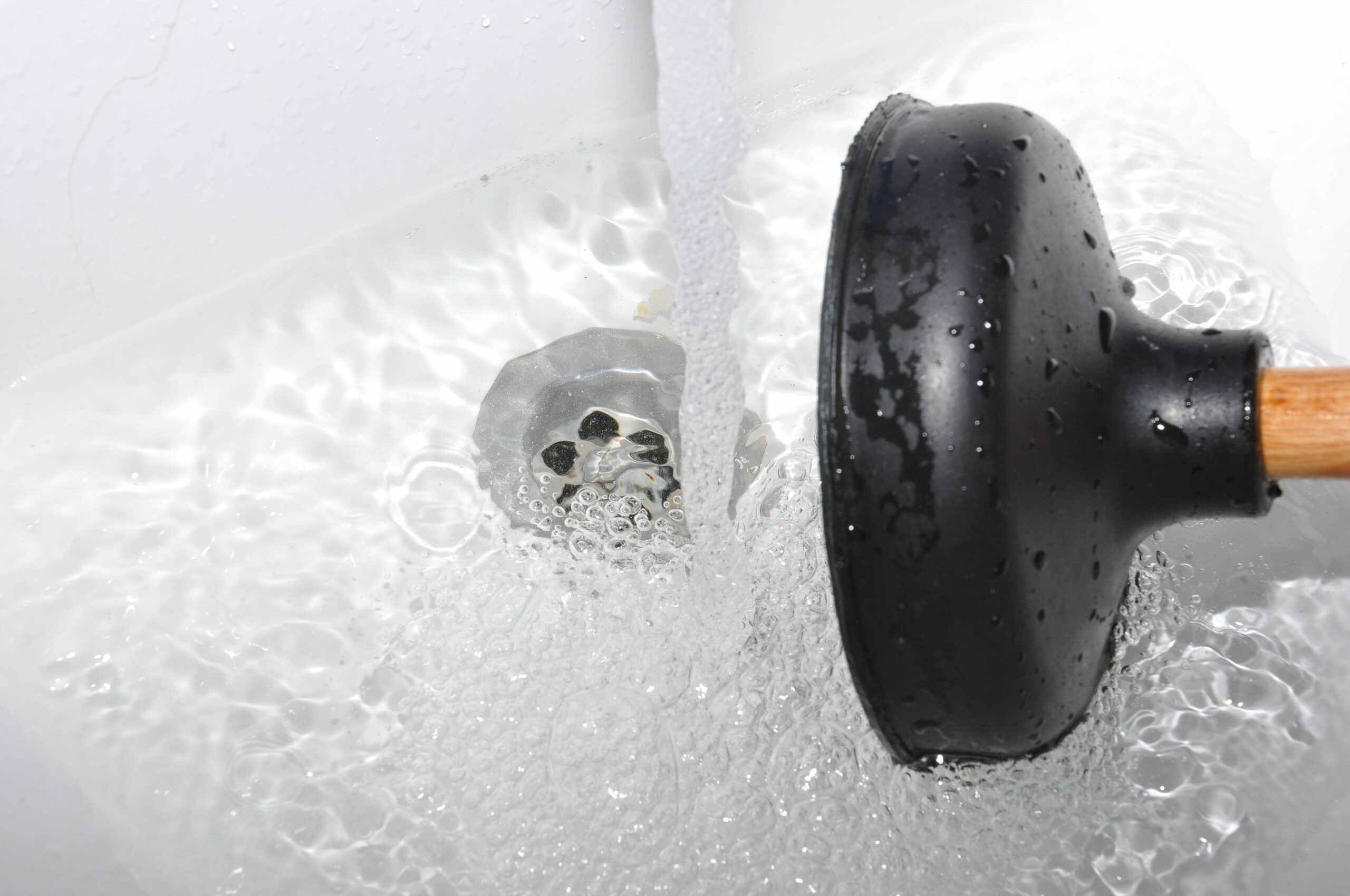

Articles
How To Fix Clogged Sink Drain
Modified: February 28, 2024
Learn effective techniques and practical tips in our comprehensive articles on how to fix a clogged sink drain. Take control of your plumbing with our expert advice!
(Many of the links in this article redirect to a specific reviewed product. Your purchase of these products through affiliate links helps to generate commission for Storables.com, at no extra cost. Learn more)
Introduction
A clogged sink drain can be a frustrating problem that disrupts the normal flow of your daily routine. Whether it’s a kitchen sink filled with dirty dishes or a bathroom sink that won’t drain properly, dealing with a clog can be a major inconvenience. Thankfully, there are several methods you can try to fix a clogged sink drain before resorting to calling a plumber.
In this article, we will walk you through a step-by-step guide on how to fix a clogged sink drain. We’ll cover the materials and tools you’ll need, as well as the different methods you can employ to clear the blockage. From simple fixes you can do yourself to more advanced techniques, we’ve got you covered.
Before we dive into the methods, it’s important to understand the common causes of sink drain clogs. These can include a buildup of food particles, grease, hair, soap scum, or even foreign objects that accidentally made their way into the drain. By identifying the cause, you can better determine the appropriate method to resolve the issue.
Now, let’s gather the necessary materials and tools and get started on unclogging that stubborn sink drain.
Key Takeaways:
- Don’t let a clogged sink drain disrupt your routine. Try DIY methods like plunging, using a drain snake, and natural solutions before calling a professional plumber. Keep your drains clear with regular maintenance and good habits.
- Unclog your sink drain with simple tools and methods. From removing obstructions to using baking soda and vinegar, you can tackle the issue yourself. If DIY methods fail, seek professional help for complex clogs.
Read more: How To Drain Clogged Sink
Materials and Tools Needed
Before you begin unclogging your sink drain, it’s important to gather the necessary materials and tools. Having everything on hand will make the process smoother and more efficient. Here’s a list of what you’ll need:
- Plunger
- Drain snake or auger
- Baking soda
- Vinegar
- Boiling water
- Adjustable wrench or pliers
- Bucket
- Gloves
- Old towels or rags
These materials and tools are commonly available at hardware or home improvement stores. Ensure that you have them ready before you begin attempting to unclog your sink drain.
Now that you’ve gathered the necessary tools, let’s jump into the step-by-step process of fixing your clogged sink drain.
Step 1: Remove any Obstructions from the Sink
The first step in fixing a clogged sink drain is to remove any visible obstructions from the sink. This includes items like chunks of food, clumps of hair, or any other debris that may be blocking the drain.
Start by removing the drain cover or stopper, if applicable. You may need to unscrew it or simply lift it out, depending on the type of drain you have.
Next, use a gloved hand or a pair of tweezers to reach into the drain and carefully remove any visible obstructions. Be cautious not to push the debris further down the drain, as this can worsen the clog.
If you notice that the clog is located further down the pipe and you’re unable to remove the obstruction manually, proceed to the next step to try using a plunger.
Remember, always exercise caution when working with a clogged sink drain. If you’re unsure or uncomfortable with the process, it’s best to seek the help of a professional plumber.
Step 2: Try a Plunger
If removing visible obstructions didn’t solve the clogged sink drain issue, it’s time to try using a plunger. A plunger creates suction and pressure that can help dislodge the clog and get the water flowing again.
Here’s how to use a plunger effectively:
- Ensure there is enough water in the sink to cover the cup of the plunger. If not, add some water until the cup is submerged.
- Place the plunger directly over the drain, making sure it forms a tight seal.
- Push the plunger handle down firmly, then pull up forcefully to create suction.
- Repeat this plunging motion several times to help break up the clog.
- After a few attempts, remove the plunger and check if the water begins to drain. If it does, run hot water for a minute or so to flush out any remaining debris.
If plunging doesn’t clear the clog completely, or if the sink drain is still slow, proceed to the next step to try using a drain snake or auger.
Remember to exercise caution and apply steady force while using the plunger to avoid any damage to the sink or pipes.
Step 3: Use a Drain Snake
If plunging didn’t resolve the clogged sink drain, a drain snake or auger can be a useful tool to break up more stubborn blockages. A drain snake is a long, flexible tool that can navigate through the pipes and help clear the clog.
Here’s how to use a drain snake:
- Insert the end of the drain snake into the drain, pushing it through the pipe until you feel resistance.
- Once you’ve encountered the clog, maneuver the drain snake back and forth, twisting it to break up the obstruction.
- Continue pushing and twisting the drain snake until you feel it move freely through the pipe.
- Slowly withdraw the drain snake from the pipe, ensuring that it doesn’t get caught on any debris.
If you successfully clear the clog using a drain snake, run hot water for a few minutes to flush out any remaining residue. If the sink drain is still slow or completely clogged, move on to the next step.
Using a drain snake can require some physical effort, so make sure to take breaks if needed and follow the instructions provided with the tool. If you’re unsure or uncomfortable using a drain snake, it’s always best to seek the assistance of a professional plumber.
Pouring boiling water down the clogged sink drain can help to dissolve and flush away built-up grease and debris. This can often clear minor clogs and improve drainage.
Read more: How To Clear A Clogged Bathroom Sink Drain
Step 4: Mix Baking Soda and Vinegar
If the clog persists even after using a plunger and drain snake, it’s time to try a natural solution using baking soda and vinegar. This combination can help break down stubborn blockages and clear the sink drain.
Here’s how to use baking soda and vinegar:
- Start by pouring about half a cup of baking soda down the drain.
- Follow the baking soda with approximately one cup of vinegar.
- After pouring the vinegar, quickly cover the drain with a plug or rag to trap the reaction inside the pipe.
- Let the mixture sit in the drain for about 30 minutes. This allows the chemical reaction between the baking soda and vinegar to work on breaking up the clog.
- Remove the plug or rag and flush the drain with hot water to rinse away any remaining residue.
The combination of baking soda and vinegar creates a fizzy reaction that can help dissolve the clog and freshen up the drain. However, keep in mind that this method may not be as effective for severe or stubborn clogs. In such cases, it’s advisable to move on to the next step or seek professional help.
Remember to exercise caution while handling the baking soda and vinegar mixture and avoid using this method if you’ve recently poured chemical drain cleaners down the sink.
Step 5: Flush with Boiling Water
If the clog persists after using baking soda and vinegar, you can try flushing the sink drain with boiling water. This method is simple yet effective in breaking up grease and stubborn debris.
Here’s how to flush with boiling water:
- Boil a pot or kettle of water.
- Carefully pour the boiling water directly into the drain in two to three stages, allowing each pour to have a few seconds interval to work on the clog.
- Be cautious when handling boiling water, as it can cause burns. Pour slowly and avoid splashing.
- Let the boiling water sit in the drain for a few minutes to break up the remaining residue.
- Finally, run hot water from the tap to flush out the loosened debris.
If the sink drain is still slow or clogged after flushing it with boiling water, move on to the next step for a thorough cleaning of the P-trap.
Remember to exercise caution when working with boiling water and use appropriate safety measures to avoid accidents and burns.
Step 6: Clean the P-trap
If previous methods haven’t resolved the clogged sink drain, it’s time to check and clean the P-trap. The P-trap is a curved pipe located beneath the sink that helps prevent sewer gases from entering the living space.
Here’s how to clean the P-trap:
- Place a bucket or container beneath the P-trap to catch any water or debris that may come out.
- Using an adjustable wrench or pliers, carefully loosen and remove the nuts or connectors that hold the P-trap in place. Be prepared for some water to drain out when you remove the P-trap.
- Inspect the P-trap for any clogs or debris. If you notice any blockages, use a wire brush or a pipe cleaner to remove the buildup.
- Once the P-trap is clean, reassemble it by reconnecting the nuts or connectors and tightening them securely.
- Turn on the faucet and check if the sink is draining properly. If the clog is cleared, run hot water for a few minutes to flush out any remaining residue.
Cleaning the P-trap can be an effective solution for removing stubborn clogs that are located within this section of the pipe. However, if the sink drain is still not functioning properly, it’s advisable to seek the assistance of a professional plumber.
Remember to wear gloves and take necessary precautions while working with the P-trap and plumbing components.
Step 7: Call a Professional if Necessary
If all previous methods have failed to fix the clogged sink drain, it may be time to call a professional plumber. A plumber has the knowledge, experience, and specialized tools to handle more complex or severe clogs that require professional attention.
Here are a few signs that indicate it’s time to seek professional help:
- The clog persists despite attempting multiple DIY methods.
- The sink drain is completely blocked and water isn’t draining at all.
- You’re facing recurring clogs that keep coming back.
- There is a foul odor coming from the drain.
A professional plumber will be able to accurately diagnose the cause of the clog, determine the best course of action, and implement the appropriate solution. Remember, it’s better to rely on an expert when dealing with complex plumbing issues to avoid causing further damage or exacerbating the problem.
By seeking professional assistance, you can ensure that your clogged sink drain is resolved effectively and safely, restoring the normal functionality of your plumbing system.
Read more: How To Fix A Leaking Kitchen Sink Drain
Conclusion
Dealing with a clogged sink drain can be a frustrating and inconvenient experience. However, with the right tools and methods, you can often resolve the issue on your own without the need for a professional plumber.
In this article, we walked through a step-by-step guide on how to fix a clogged sink drain. We started by removing any visible obstructions from the sink and then attempted to unclog it using a plunger. If that didn’t work, we moved on to using a drain snake to break up more stubborn blockages.
If the clog persisted, we mixed baking soda and vinegar to create a chemical reaction that can dissolve the clog. We also flushed the drain with boiling water to further break up grease and debris.
If these methods still didn’t solve the problem, we cleaned the P-trap to remove any buildup or blockages. Finally, if none of the DIY methods worked, we recommended seeking the help of a professional plumber to handle more complex clogs.
Remember that prevention is key when it comes to avoiding clogged sink drains. Regularly clean the drain stoppers, avoid pouring grease or large food particles down the sink, and use drain covers to catch hair and other debris.
By following the steps outlined in this guide and practicing good preventative habits, you can keep your sink drains clear and ensure the smooth operation of your plumbing system. Don’t let a clogged sink drain disrupt your daily routine – tackle the issue head-on and enjoy free-flowing sinks once again.
Frequently Asked Questions about How To Fix Clogged Sink Drain
Was this page helpful?
At Storables.com, we guarantee accurate and reliable information. Our content, validated by Expert Board Contributors, is crafted following stringent Editorial Policies. We're committed to providing you with well-researched, expert-backed insights for all your informational needs.
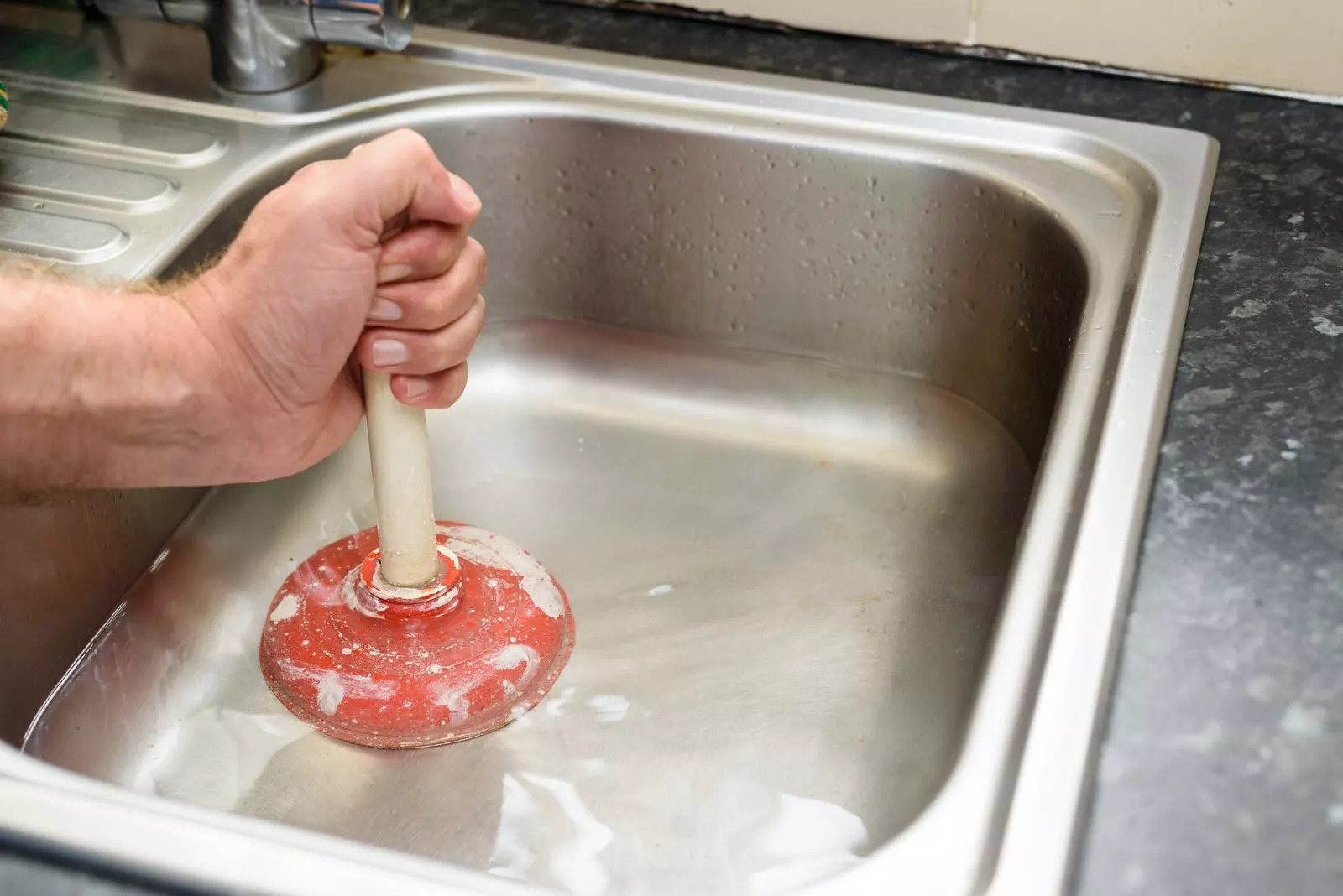
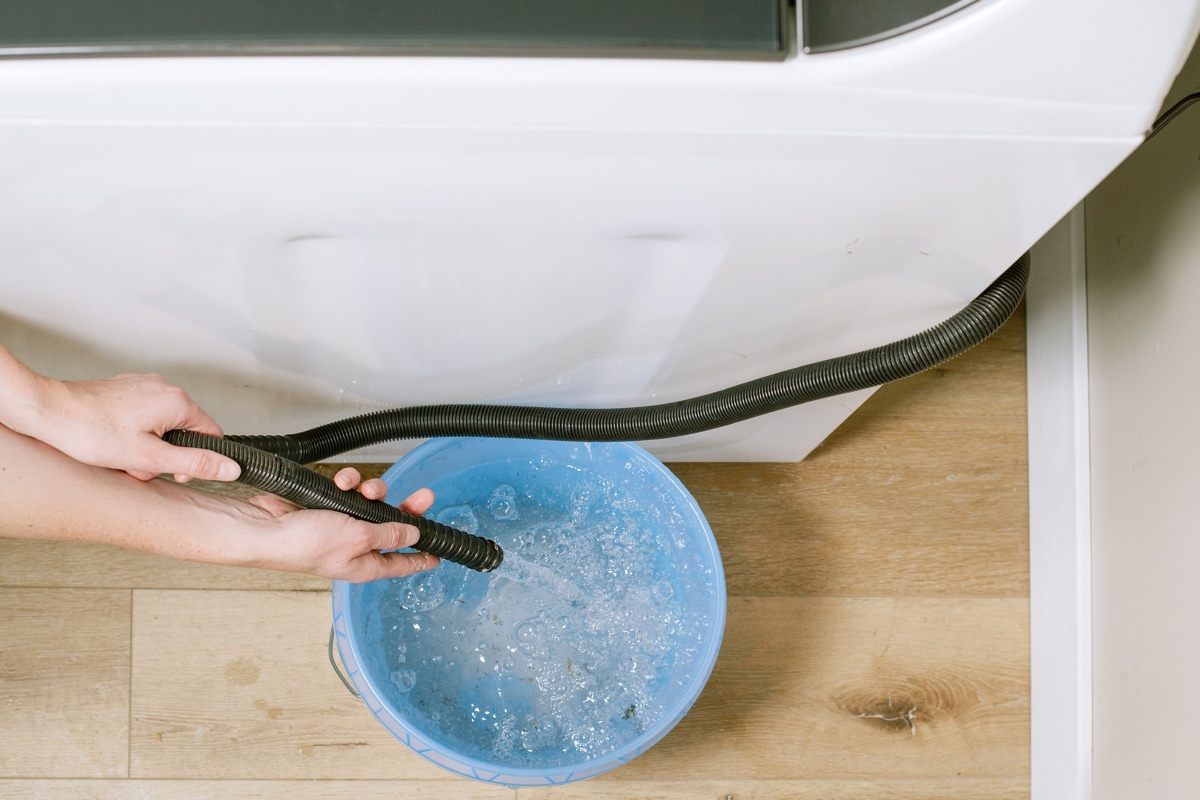
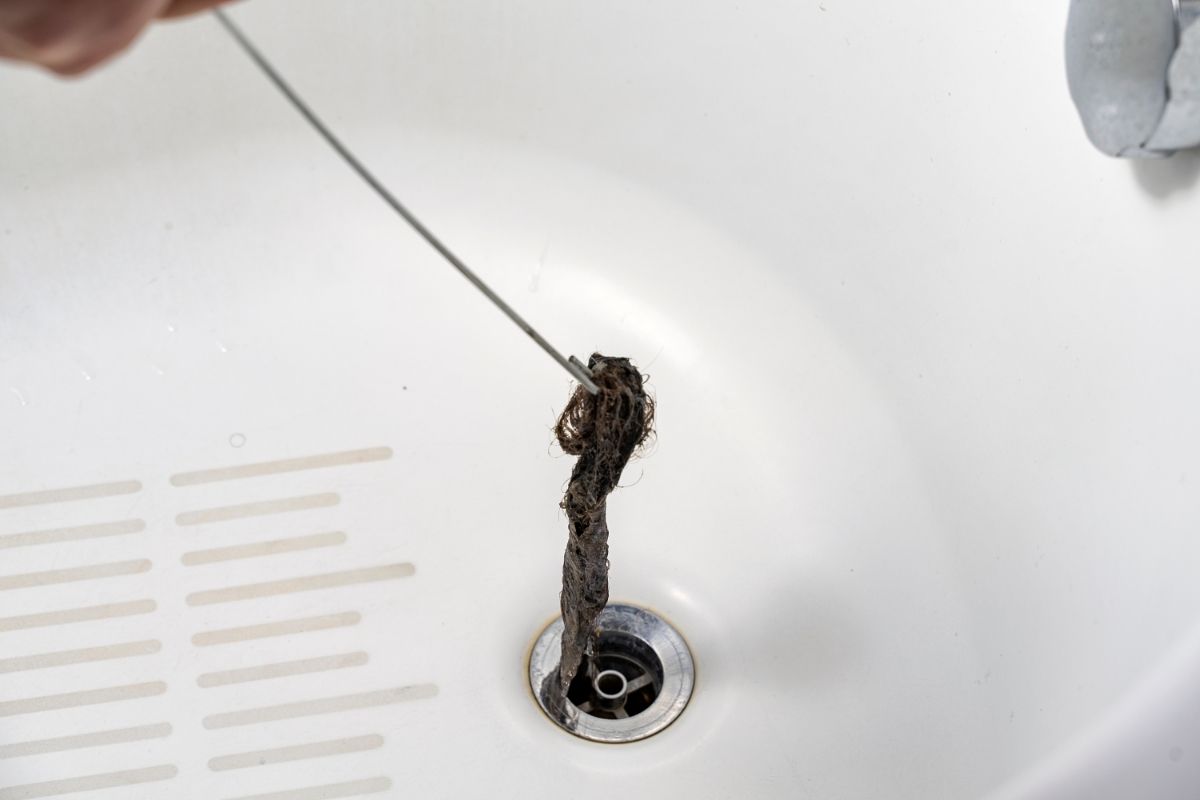
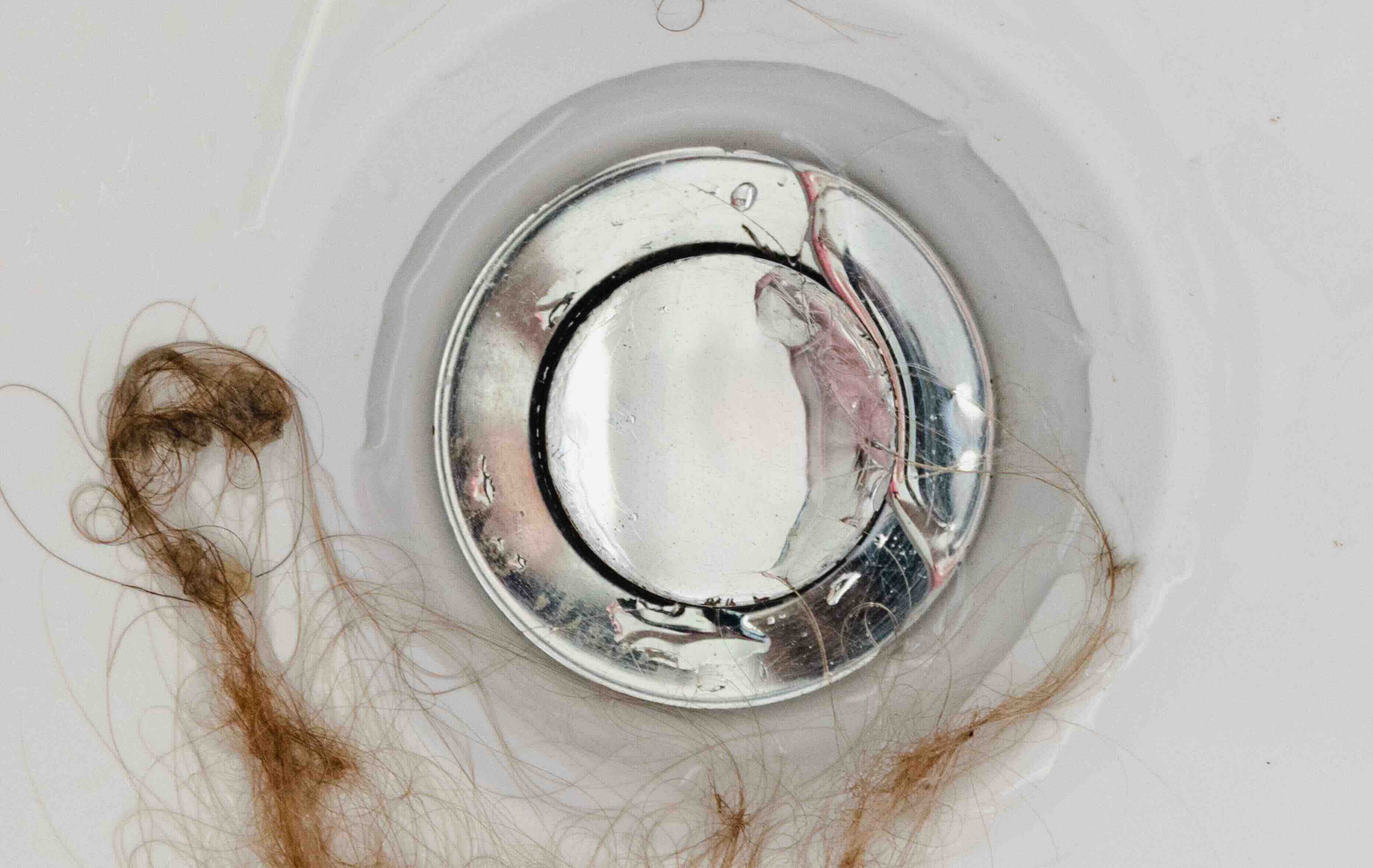
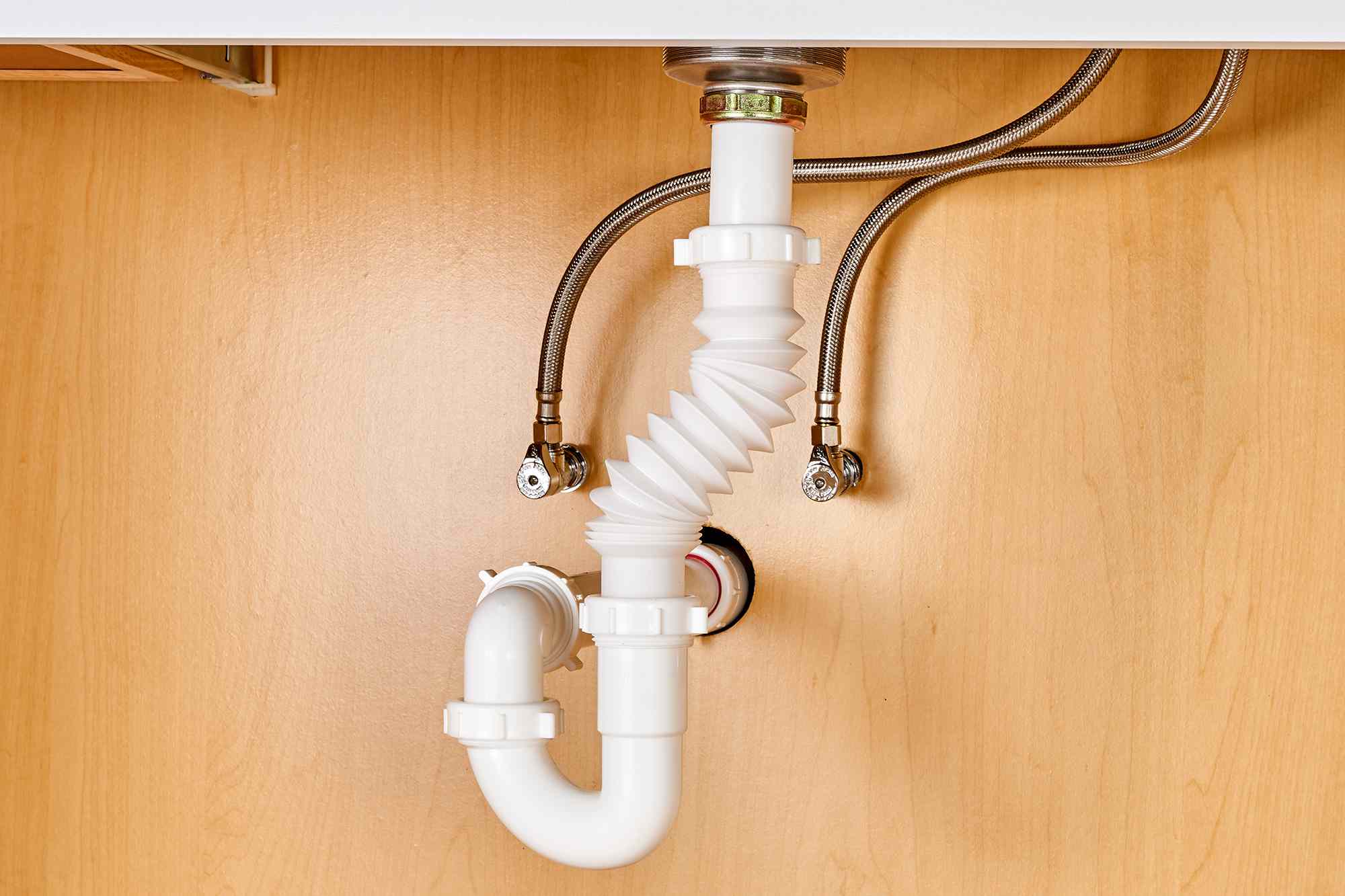
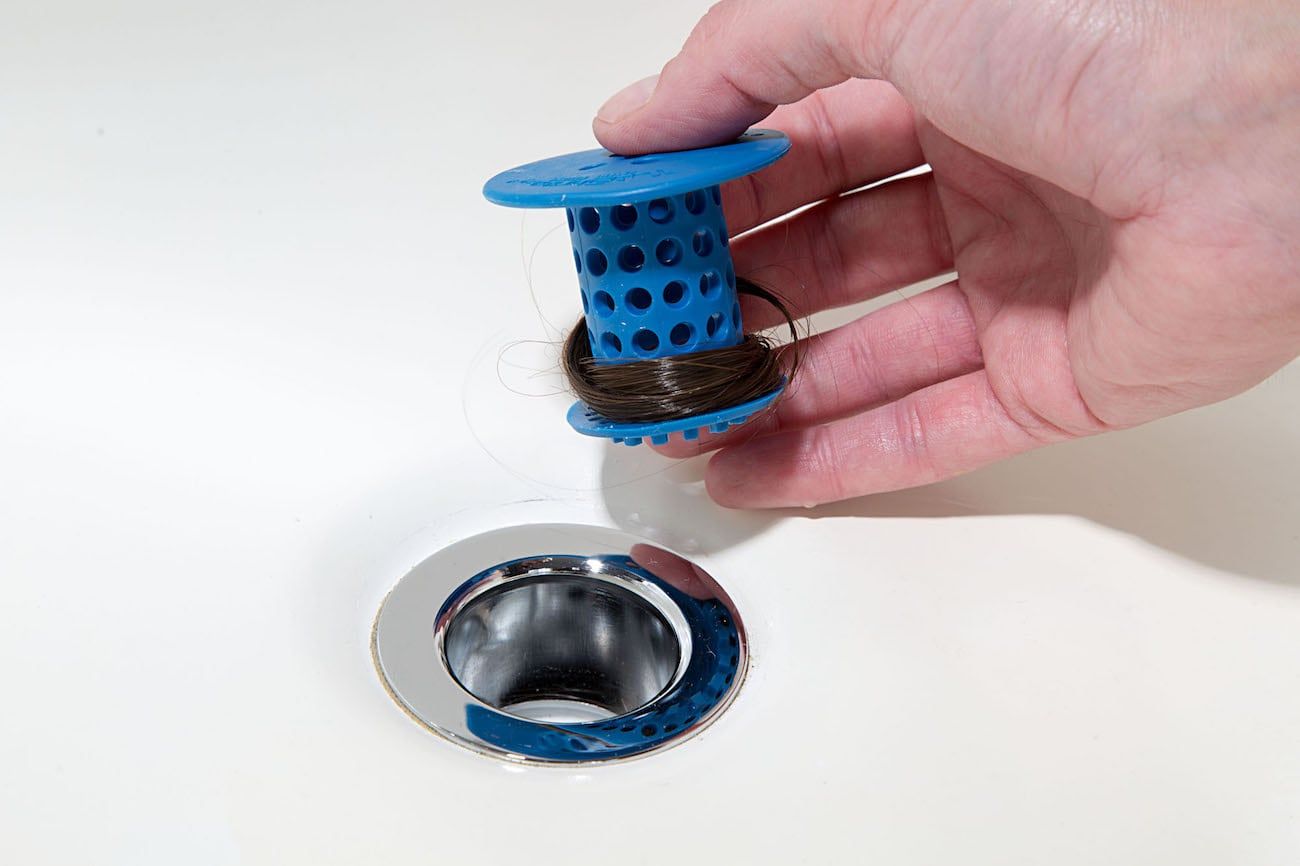
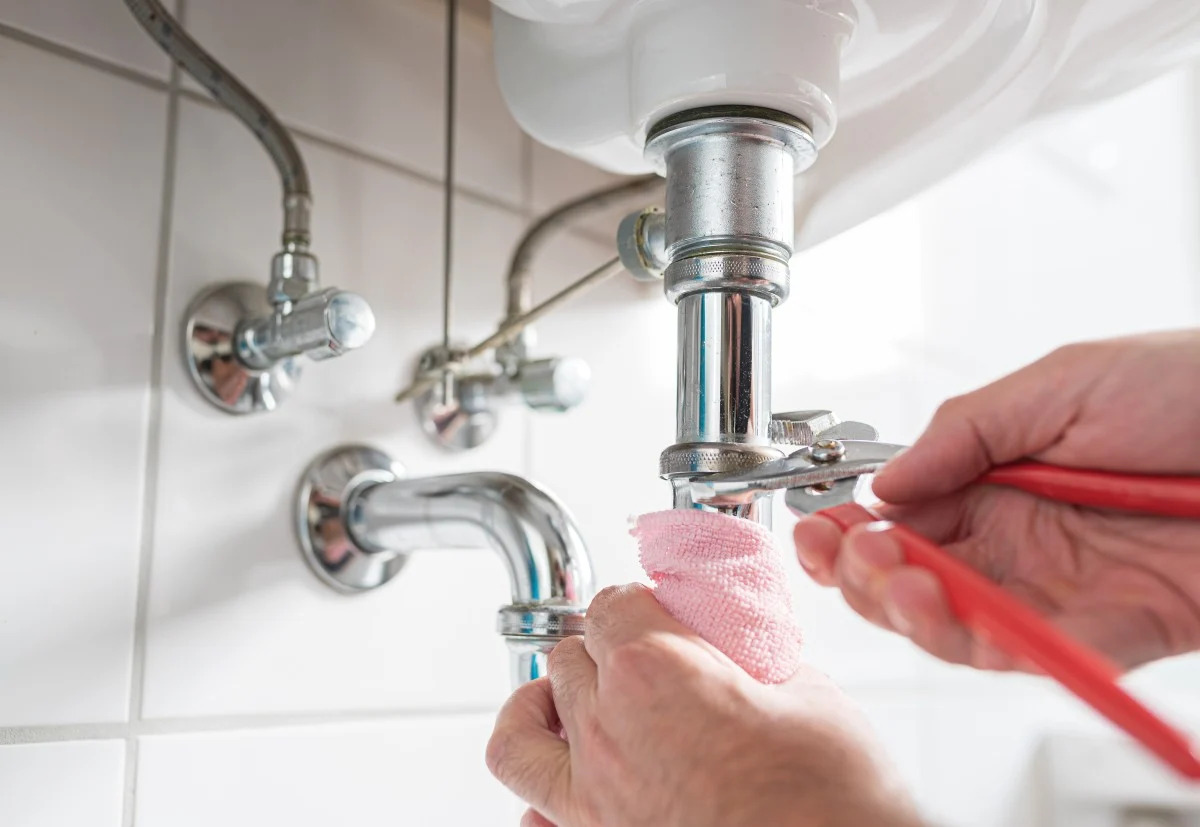
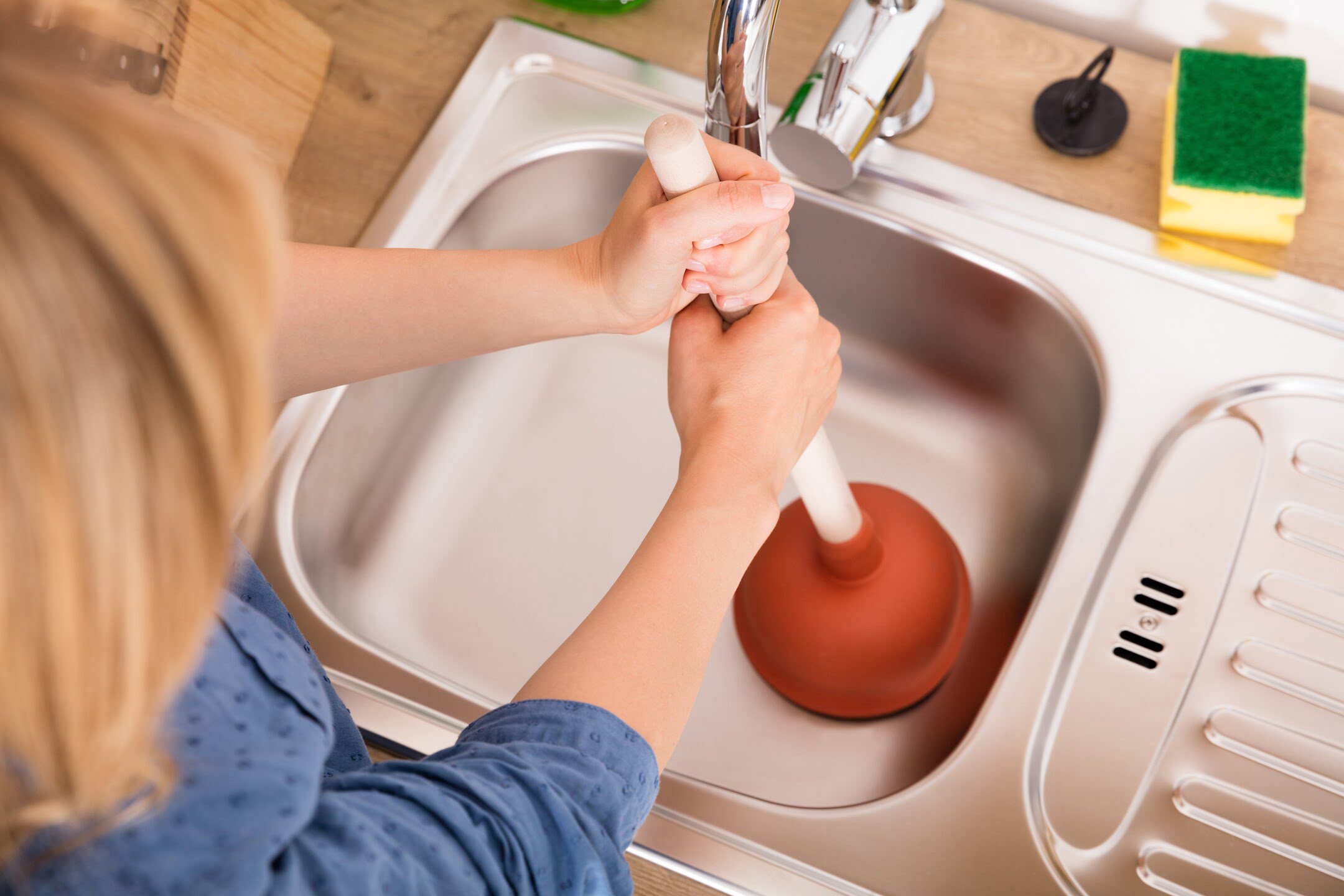
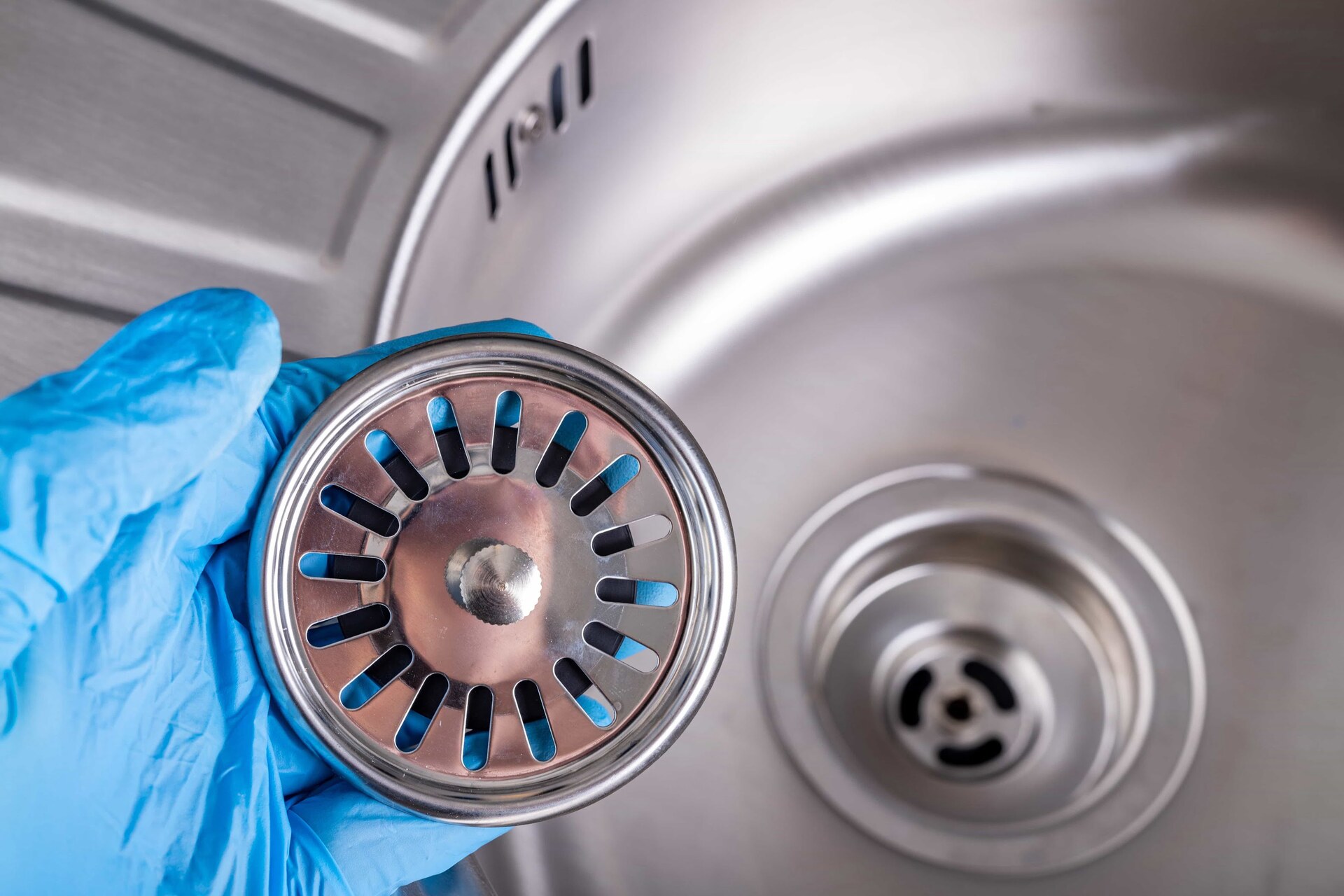
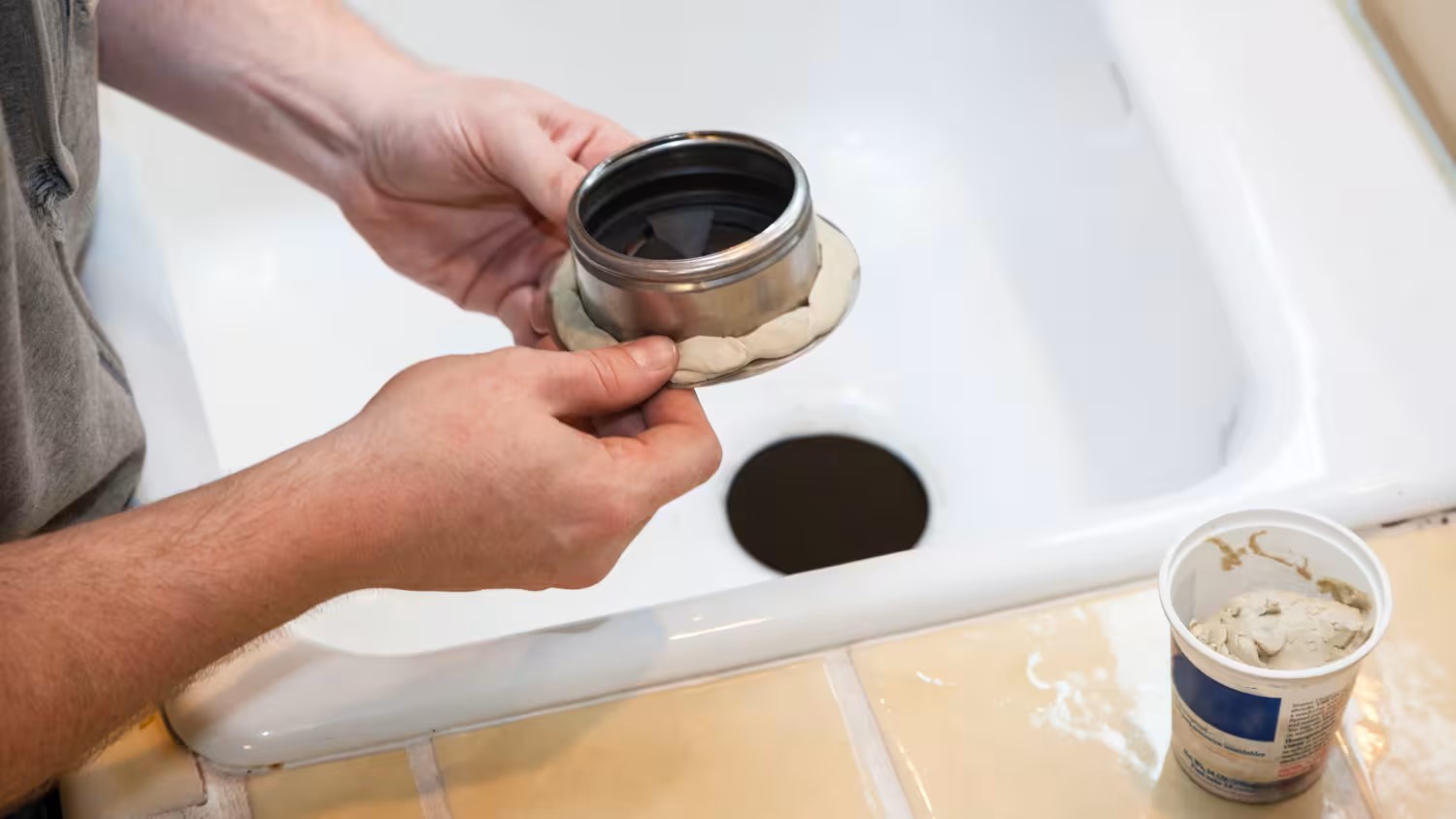
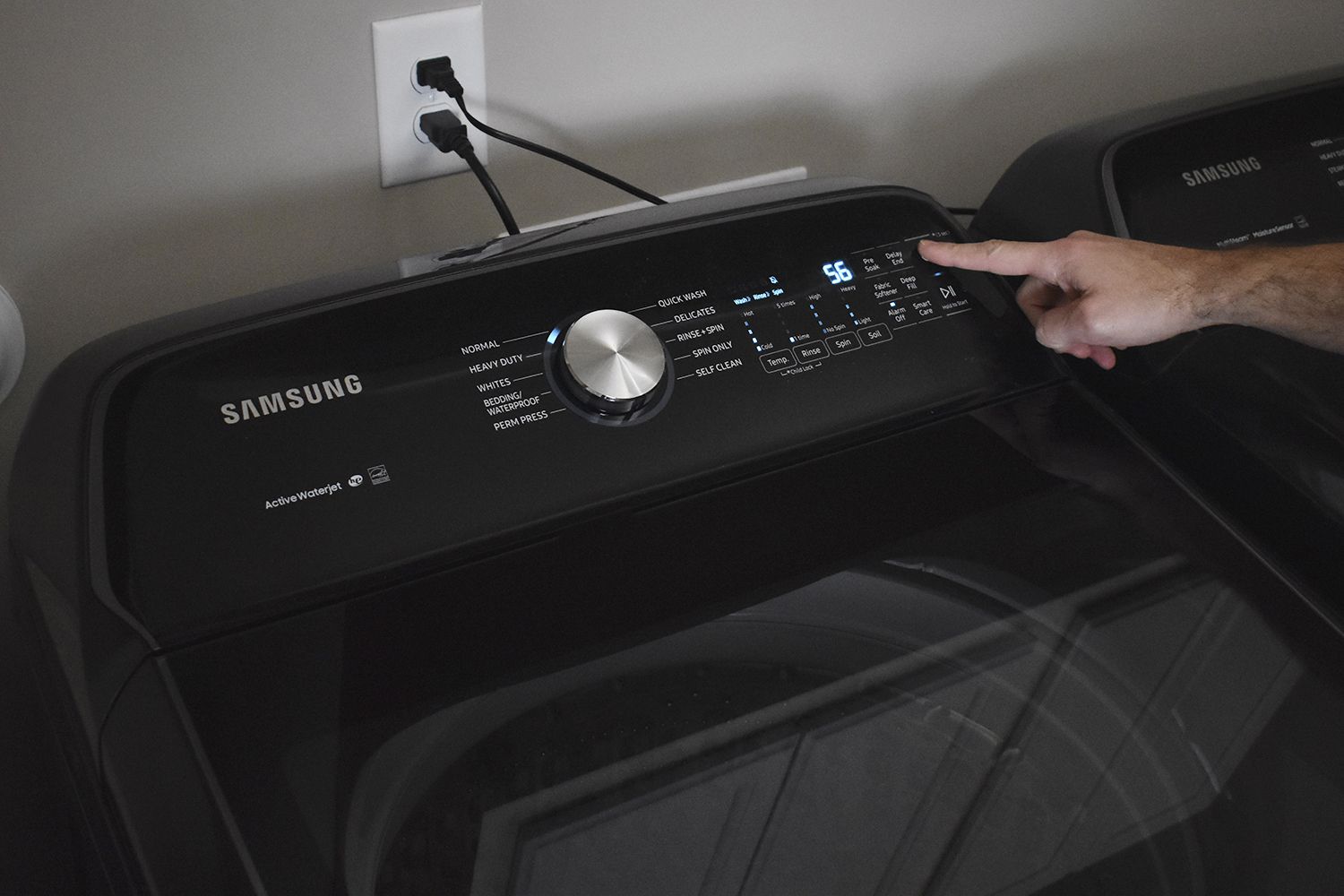
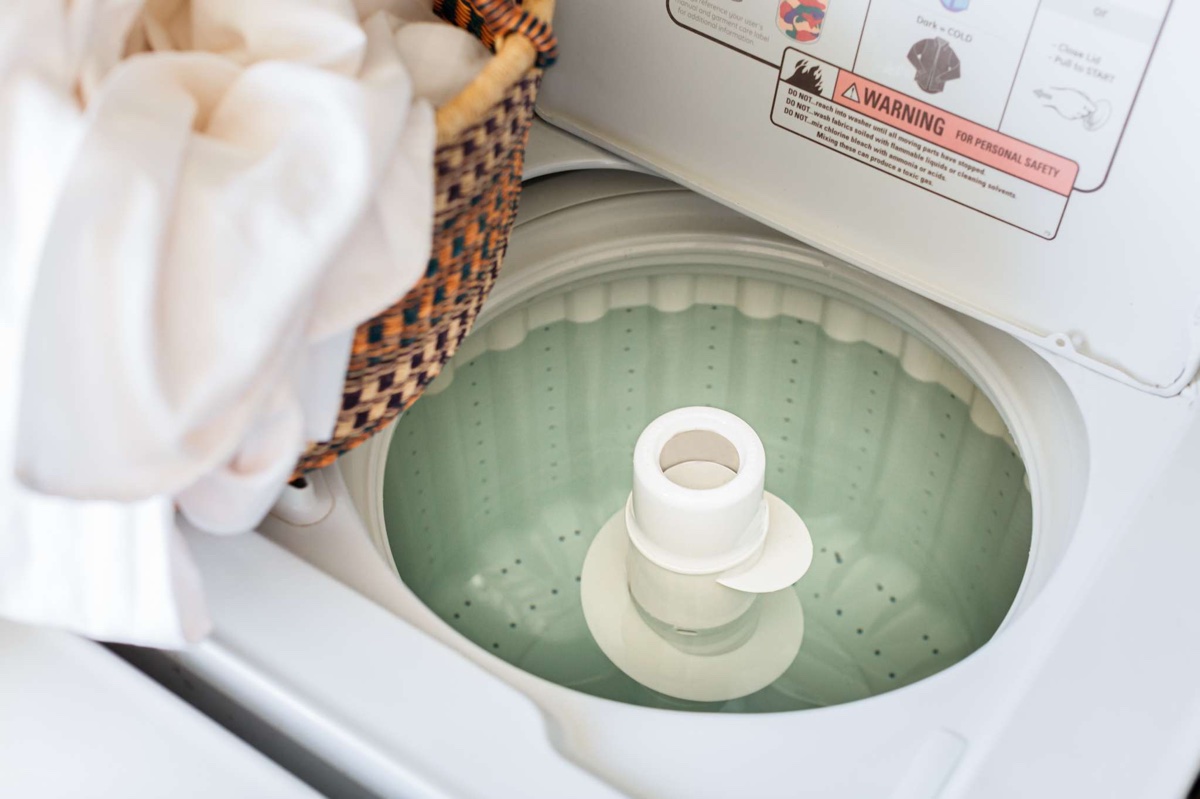
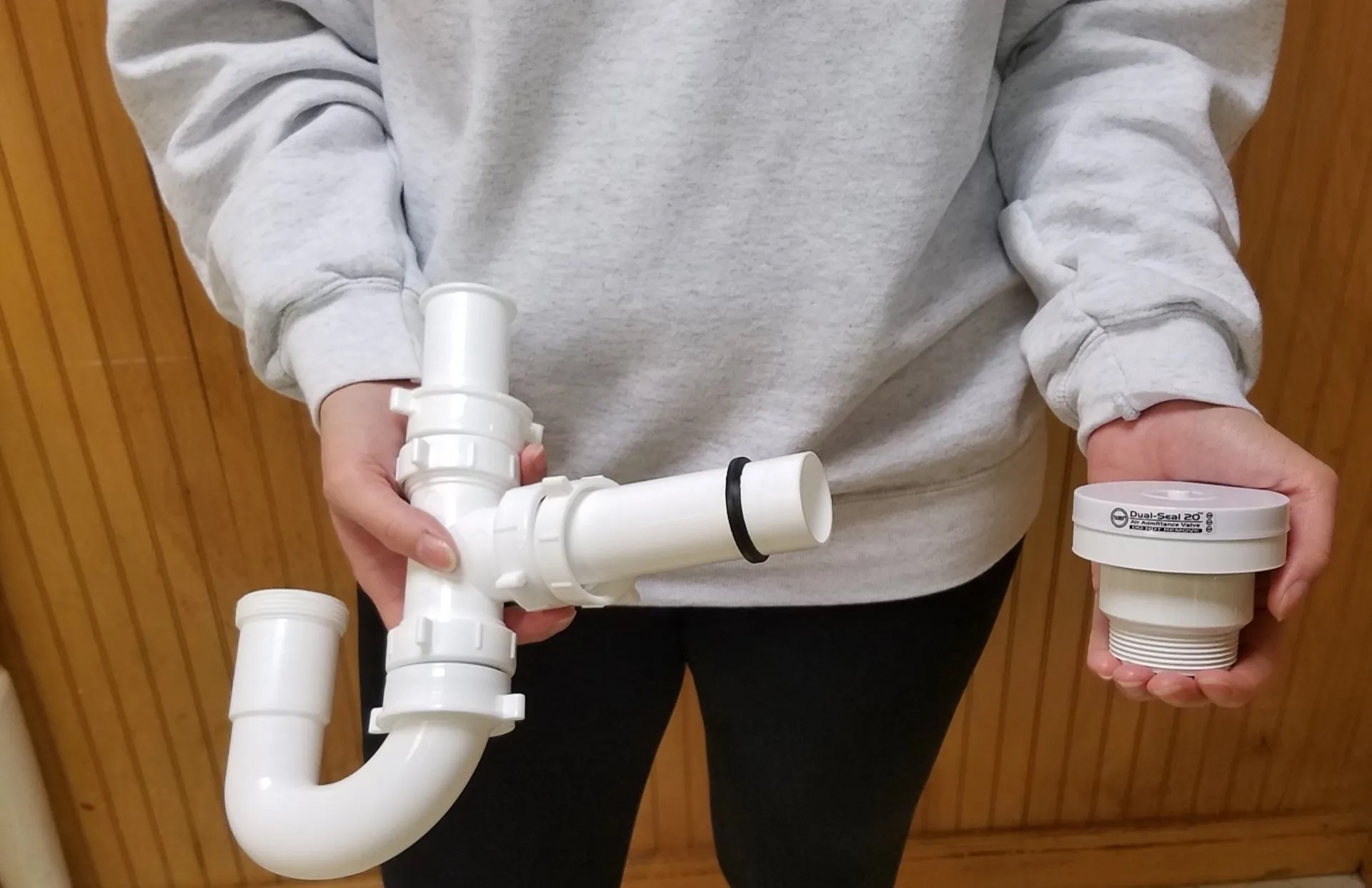

0 thoughts on “How To Fix Clogged Sink Drain”